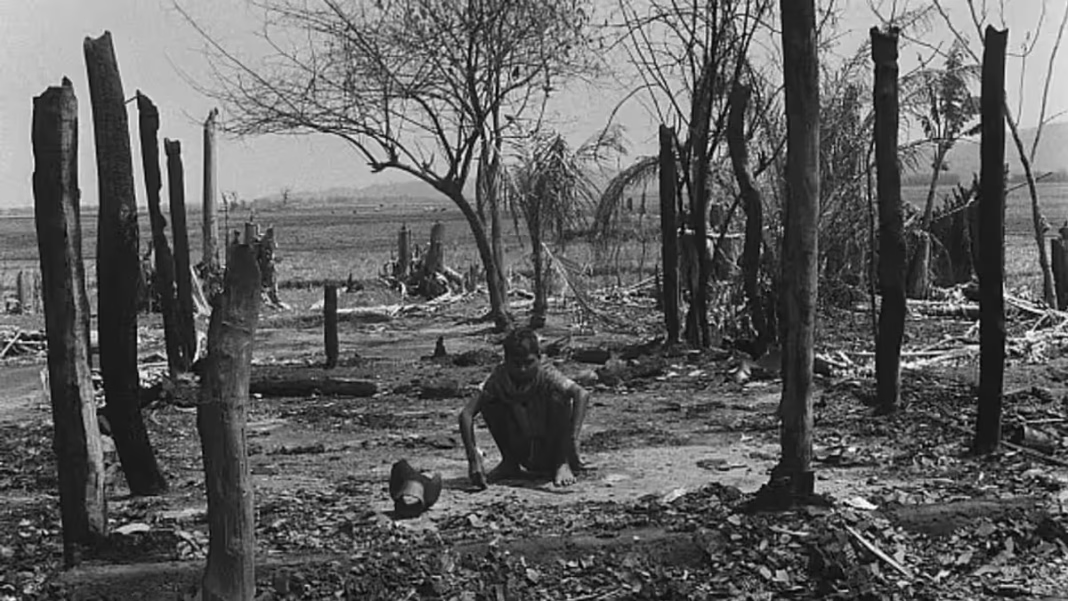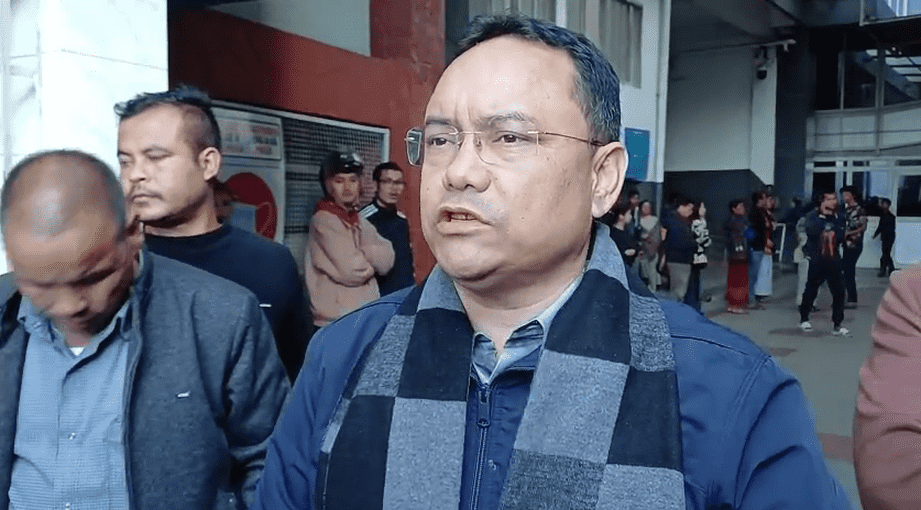Guwahati, Nov 25: More than four decades after the bloodshed, the Tewary Commission report on Assam’s 1983 violence, including the infamous Nellie massacre that claimed over 2,000 lives, was circulated in the state Assembly on Tuesday.
The commission, headed by retired IAS officer Tribhuvan Prasad Tewary, had probed the disturbances that took place in the first four months of 1983, when the assembly elections took place amidst anti-foreigner protests that brought the Congress to power after nearly a year of President’s rule.
During that period, over 8,000 incidents were recorded, leaving 2,26,951 people homeless and 2,48,292 in relief camps.
Circulation of the report on one of Assam’s bloodiest periods holds significance as the state is scheduled to go to polls in the next few months.
The report stated that the violence had no “communal colour” though the fear of the Assamese people of “being overwhelmed” numerically by migrants was “not imaginary”.
The Commission held the All Assam Students’ Union (AASU) and Asom Gana Sangram Parishad (AGSP) “primarily responsible for launching the stir and for its consequences,” saying incidents of destruction and bandhs were organised on a “pre-planned and extensive scale” and eventually spiralled out of control.
The report was circulated in the Assembly on the first day of the Winter Session, as sufficient copies were not available when it was originally tabled by the AGP-led government in 1987, and was therefore not handed to legislators at the time.
The AGP was the political offshoot of the AGSP, which was a signatory of the tripartite Assam Accord in August 1985 along with AASU and the central government, bringing the anti-influx agitation to an end.
Questioning the timing of circulating the report with Assembly elections due early next year, Leader of the Opposition Debabrata Saikia expressed apprehension that it could destablise the state.
“I am not able to understand why such an old report will be made public by the government after almost 43 years of the incident. When the wounds have already healed, why scratch it now? Is it being done to instigate people ahead of assembly elections?” he asked.
The commission, in its findings, contented that “it is entirely unwarranted to give a communal colour to the incidents under inquiry. All sections of the society suffered as a result of the senseless violence.”
The report further said “AASU and AAGSP are primarily responsible for launching the agitation and for its consequences,” adding that there is “overwhelming evidence” that incidents of destruction of property, bandhs, etc were “organised in a pre-planned and extensive scale”.
“The whole situation got out of their control and the violence resulted in enormous loss of human life and property,” it said.
‘The Commission of Enquiry on Assam Disturbances 1983’, headed by the retired IAS officer, was constituted on July 14, 1983, to “look into the circumstances leading to the disturbances” from January to April of that year.
The period investigated by the commission was when assembly elections were held amidst widespread protests against it.
The final report was submitted to the then-Congress government in May 1984.
The Tewary Commission was asked to examine the measures taken by the authorities to anticipate, prevent and deal with the disturbances, and to assess whether there was “any deficiency or failures” on the part of any authority or individual.
The number of incidents during the period was 8,019, if various cases resulting in complaints were treated as separate incidents.
“…all the districts of the state excepting those of Cachar and North Cachar Hills, were affected…,” the report said.
In its ‘Conclusions and Recommendations’, the commission stated that the decision to hold the elections cannot be blamed for the violence as it maintained that parliamentary process should not be obstructed nor any government must submit to threats or actual violence.
The report said that evidence showed the “mass support was built, among other things, on threats, intimidations, coercion and violence”.
The report maintained that while the extent and intensity of the agitation exceeded original assessment, “the system worked well”.
Stating that “occupation of land by the migrants is one of the greatest irritants”, it advocated for special protection “as in Kashmir where no real estate can be acquired by or sold to an outsider”.
Recommending “reasonable restrictions” on transfer of immovable property to non-Assamese people, the report said while defining an ‘Assamese’ for this purpose, a reference to the National Register of Citizens or a minimum period of domicile in the state can be reasonable conditions, among others.
While legislative protection is given to some parts of the state in case of transfer of land, the report pitched for same protection to valley areas as is given in tribal belts and blocks.
“The question of detection of infiltrators and the ejectment of encroachers are inter-linked in certain areas,” the report said, noting that evictions were stopped in 1979.
The report noted that the composite character of the Assamese population can be a great asset provided sectional interests are not pursued and communalism not allowed to poison the minds of the people. (PTI)




